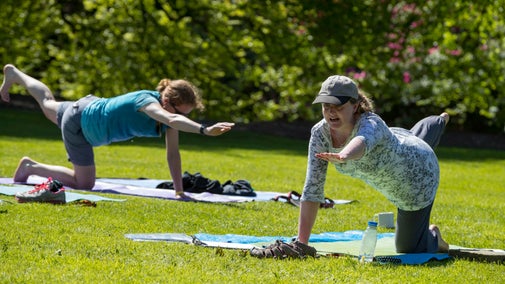
Become a member
Join today and help protect nature, beauty and history – for everyone, for ever. Enjoy access to more than 500 places with National Trust membership.
Come and explore the trails through woodland, heathland and farmland, all with exceptional views.
near Coldharbour village, Dorking, Surrey, RH5 6LU

Find out what to do in the great outdoors at Leith Hill in the Surrey Hills. Walk a trail, stroll in the colourful woods or look out for wildlife as you explore.

Surrey Hills is a one pawprint rated place. With a wide variety of paths and open spaces, the Surrey Hills are an ideal place to bring your dog for a walk. Here’s what to keep in mind to keep your dog and others safe.

** PLEASE NOTE: Leith Hill Place is now closed for its winter break. It will reopen in Spring 2026 ** Step inside this welcoming home. Childhood home of one of England’s greatest composers, Ralph Vaughan Williams and often visited by Charles Darwin, Leith Hill Place is place of inspiration, discovery and creativity.

** PLEASE NOTE: Leith Hill Tower is now closed for its winter break. It will reopen in Spring 2026**. Visit Leith Hill Tower on the Leith Hill estate. Climb the 78 spiral steps and discover the incredible views from the highest point in south-east England.

With a packed programme of events, there’s so much to see and do at Leith Hill. From free yoga and guided walks, to children’s storytelling, art workshops and atmospheric evening concerts in the house, find out more about what’s coming up this season.

If you would like to host an event on National Trust land, or your sporting event includes routes on National Trust land, please email us at: surreyhills@nationaltrust.org.uk. Please contact us at least twelve weeks before the event date. We know how important events are to organisers and participants. Please help us ensure events are safe and legal for both participants and our visitors.


Join today and help protect nature, beauty and history – for everyone, for ever. Enjoy access to more than 500 places with National Trust membership.